April 2021 – Update
ATO Mail Update
As part of its digital improvement program, the ATO stopped issuing paper quarterly PAYG and GST instalment notices (forms R, S & T), where taxpayers had a digital preference on ATO systems. The September 2020 notice was the last one issued to these taxpayers. The following instalment notices and all other ATO correspondence were issued to myGov accounts.
However, the ATO has received feedback from tax professionals that this has caused significant inconvenience to those who do not regularly access their myGov accounts.
As an interim solution, the ATO said it will issue paper PAYG and GST quarterly instalment notices starting with the March 2021 quarterly notices.
JobKeeper comes to an end
The final JobKeeper payment will be processed in April 2021.
Enrolled businesses do not have to do anything when the program closes, although they will need to complete their final March monthly business declaration by 14 April 2021.
When a business is no longer claiming JobKeeper Payments, it may start to be eligible to receive the JobMaker Hiring Credit for any additional employees that started employment on or after 7 October 2020.
Taxable Payments reporting system (TPAR) update
The ATO has confirmed that more than 60,000 businesses have not yet complied with lodgment requirements under the taxable payments reporting system ('TPRS') for 2019/20.
The TPRS is designed to assist the ATO to identify contractors who don’t report or under-report their income.
The ATO estimates that around 280,000 businesses need to lodge a Taxable payments annual report('TPAR') for the 2020 financial year.
Importantly, 2020 was the first year that businesses that pay contractors to provide road freight, information technology, security, investigation, or surveillance services may need to lodge a TPAR with the ATO (in addition to those businesses providing building and construction, cleaning, or courier services).
Businesses who have not yet lodged need to lodge as soon as possible to avoid penalties.
FBT rates and thresholds for the 2021/22 FBT year
The ATO has updated the fringe benefits tax ('FBT') rates and thresholds for the 2017/18 to 2021/22 FBT years.
Two amounts that were not previously announced for the 2021/22 FBT year are:
- the FBT record keeping exemption is $8,923 (up from $8,853 for the 2020/21 FBT year); and
- the statutory or benchmark interest rate is 4.52% (down from 4.80% for the 2020/21 FBT year).
STP reporting for closely held payees
From 1 July 2021, small employers must report payments made to closely held payees through STP using any of the options below. Other employees must continue to be reported by each pay day.
A ‘closely held payee’ is an individual who is directly related to the entity from which they receive payments. For example, this could include family members of a family business, directors or shareholders of a company and beneficiaries of a trust.
Payments to such payees can be reported via STP (from 1 July 2021) using any of the following options:
1. Report actual payments on or before the date of payment.
2. Report actual payments quarterly on or before the due date for the employer’s quarterly activity statements.
3. Report a reasonable estimate quarterly on or before the due date for the employer’s quarterly activity statements. Note that consequences may apply for employers that under-estimate amounts reported for closely held payees.
Small employers with only closely held payees have up until the due date of the payee’s tax return to make a finalisation declaration. Employers will need to speak with these payees about when their individual income tax return is due.
Victorian Technology Adoption Innovation Program
The Victorian Government has announced a package to support eligible businesses to acquire innovative technologies or develop innovative, new and commercial technology by contributing funding support for projects. The program contains two streams of financial assistance.
- SME technology and digital adoption
Grants of up to $50,000 for Victorian SMEs to adopt technology or digital solutions to improve their processes and productivity and support their future growth. - Innovative, commercial technology development
Grants of up to $50,000 for Victorian technology companies to implement defined projects to develop commercial technology or digital products.
The indicative key dates for this scheme are:
- Applications open: 31 March 2021
- Applications close: 19 April 2021
- Program reporting: 4 months, 8 months, 12 months
- Program end: 30 June 2022
Under both Streams each successful SME will be required to contribute a minimum of $20,000 (GST exclusive) towards eligible project expenditure. Both Streams will provide grants on a 1:1 co-fund basis between the company and government respectively. Refer the following link for further details on this program. https://business.vic.gov.au/grants-and-programs/technology-adoption-and-innovation-program
Victorian Small Business Digital Adaptation Program
We provided information on this grant in our February 2021 Update. The program was originally due to be expired on the 31st March 2021 and has now been extended until 30 June 2020. Please refer the February 2021 Update for further details.
The information provided in this Newsletter is general in nature and if you have any queries or require further information or assistance with the above, please
contact our office.
Crawford News






